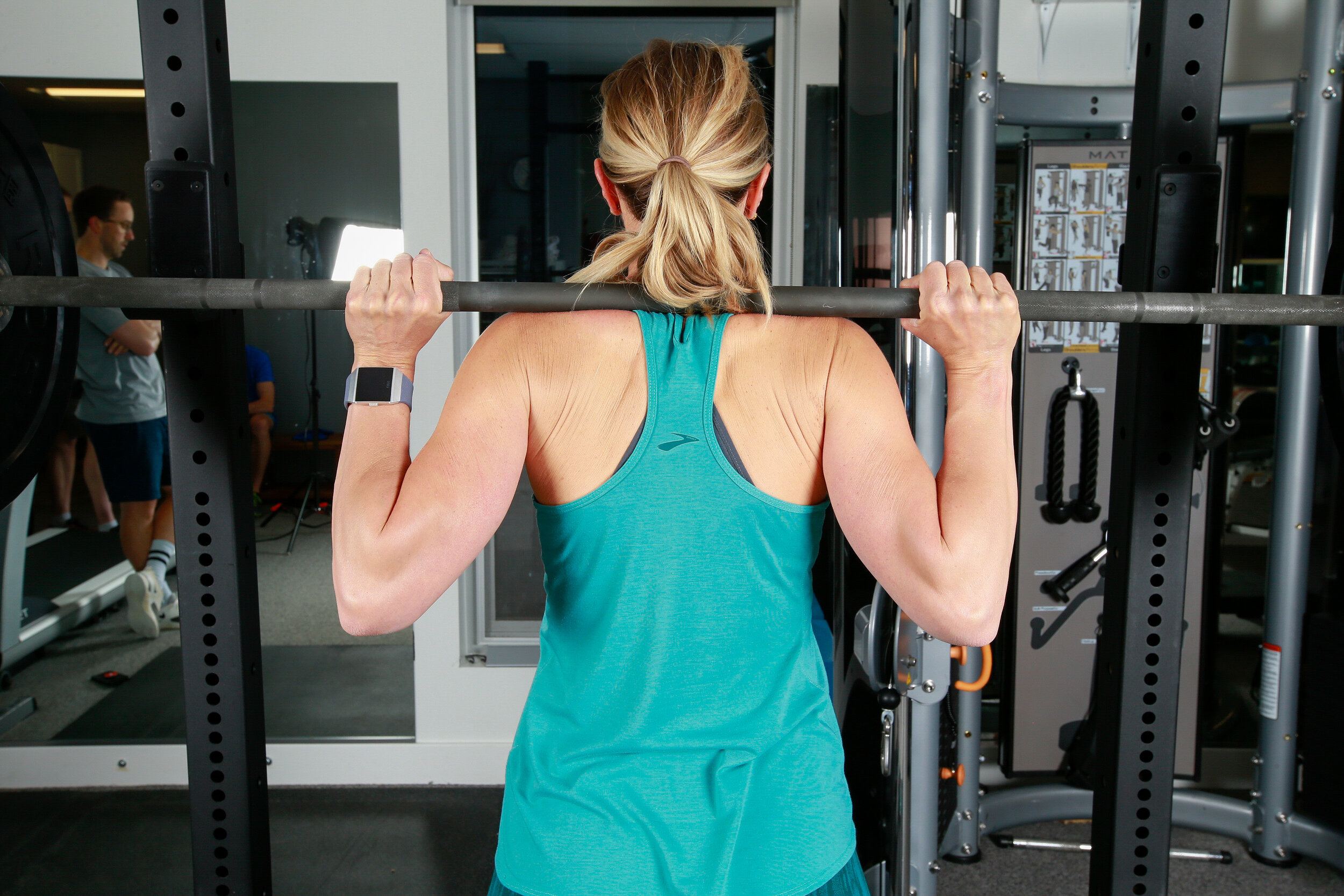A cross-sectional survey study by Forner et al. 2020, conducted through an online reporting survey of nearly 4,000 women looked at the prevalence of participants who reported pelvic organ prolapse symptoms (14%), defined as sensation of the vagina bulge, and the associated risk factors in women who lifted light (<15kg), moderate (16-50kg), or heavy (>50kg) for physical activity and those who did not lift at all.
Women who reported lifting <15kg were more likely to report symptoms of POP compared to the women who reported lifting >50kg. The conclusion the authors made in the study is that physically active women who lift heavy do not have an increased prevalence of POP symptoms. While the participants age, number of vaginal births, history of constipation or hemorrhoids, and family history of prolapse were associated with POP symptoms, other traditionally associated factors such as body mass, forceps delivery, c-section delivery, hysterectomy, and menopausal status were found to have no relationship with pelvic organ prolapse symptoms.
Some limitations are present in this study, as it was a survey format, conducted online with self-reporting as the data collection method indicating low level of evidence. Despite these limitations it challenges some currently held beliefs about activities and personal factors that contribute or worsen pelvic organ prolapse and asks for further research to better understand activity level, lifting, and pelvic organ prolapse.
Click Here to schedule your next appointment with the experts at MEND

